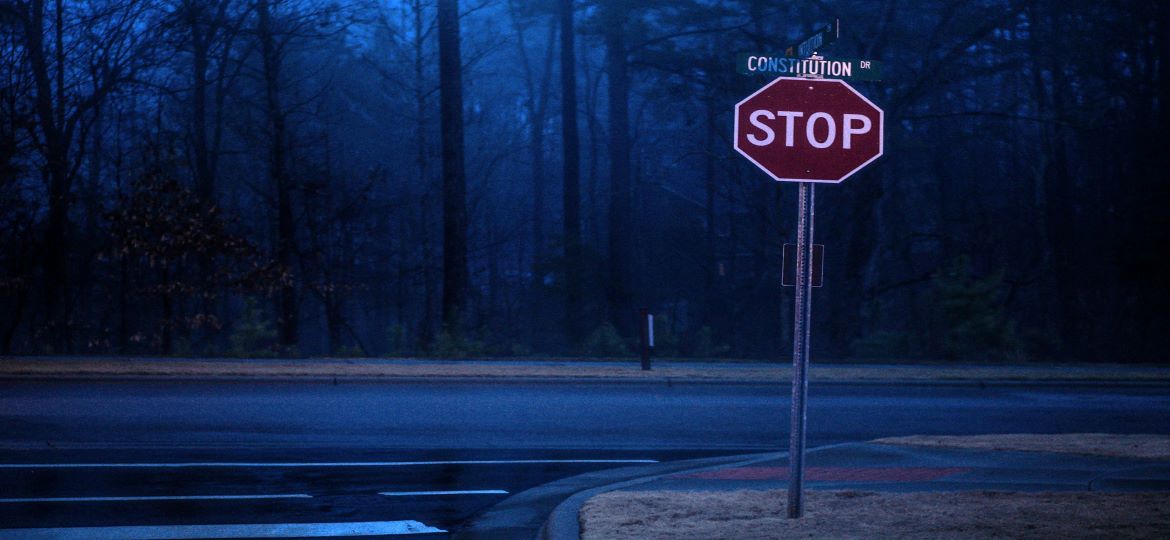They say about the Old Wild West that, “There are a million ways to die in the West”. They also say “There are a million ways to lose money in the Market”.
The Capital markets are subject to a high amount of volatility and there are always big players who tend to manipulate the price on a particular side to take advantage of the high variations in price. When such manipulative juggernauts start rolling, the small retail investors are crushed underneath. For instance, in the bubble created by Harshad Mehta Scam, many ended up bankrupt and a few retail investors even committed suicide. Thus it becomes the bounden duty of the exchanges and regulatory authorities to protect the investors from such extreme price action.
The Exchanges usually limit the maximum (and minimum) price moment of the stock so as to prevent a stock price from freely moving upwards or downwards. These price limits are called Circuit Limits.
An upper circuit is a maximum price to which a stock is allowed to rise on a particular day.
Similarly, a lower circuit is the minimum price to which a stock is allowed to fall on a particular day.
Most stocks have a default 20% circuit.
For example, if the price of the stock is Rs. 100,
It can move upward by a maximum of 20% in a single trading day.
i.e, 20% of 100 = Rs. 20
This implies stock can rise only to a maximum of 20 Rupees on a particular day.
So, Rs. 120 is the upper circuit for the stock.
Similarly, if the lower circuit is 20 %, then it means the stock price cannot fall beyond 20% on a particular day.
i.e, 20% of 100 = 100 – 20 = Rs 80
This implies stock can fall only to a maximum of 20 Rupees on a particular day.
The circuits are applied on the previous day’s closing price of the stock.
When a stock hits an upper circuit, there will be only buyers and no sellers. So, if someone wants to sell the stock, they can sell the stock.
Similarly, when a stock hits a lower circuit, there will be only sellers and no buyers. So, if someone wants to buy the stock, they can do so at the lower circuit.
When a stock continuously hits the upper circuit for few days, the exchange restricts its price movement by revising the circuit limit from 20% to 10%.
After few days of continuous 10% Upper Circuits, it is revised from 10% to 5% and then to 2%
Changes in circuit filter percentages are announced by way of a daily circular by the Exchanges. Also, the exchanges are empowered to fix the circuit at any level if they smell any suspicious activity.
If a stock still hits circuits, then the stock is moved to Trade to Trade type where only either buying or selling is allowed on a particular day. No intraday trading is allowed in Trade to Trade Stocks.


Leave A Comment